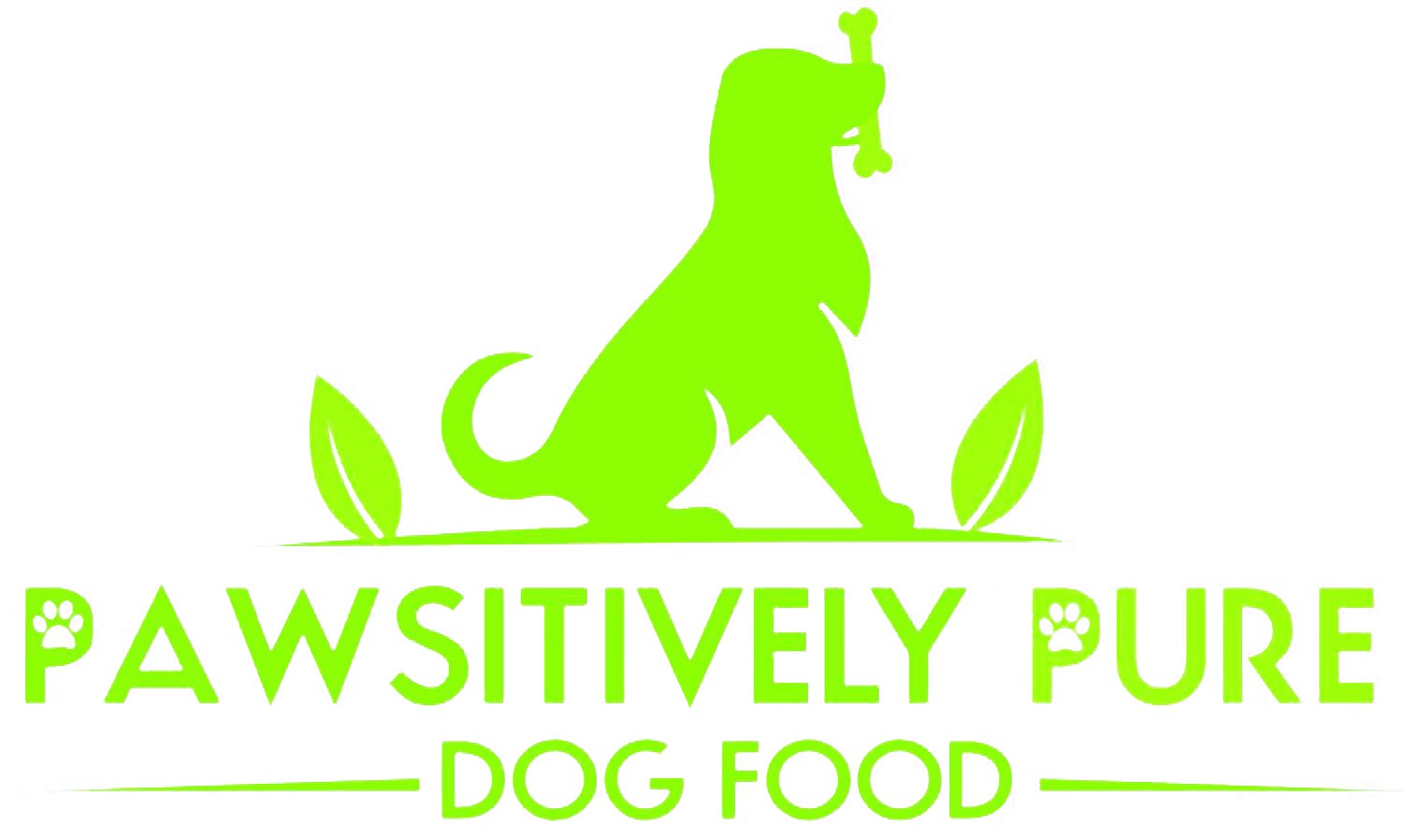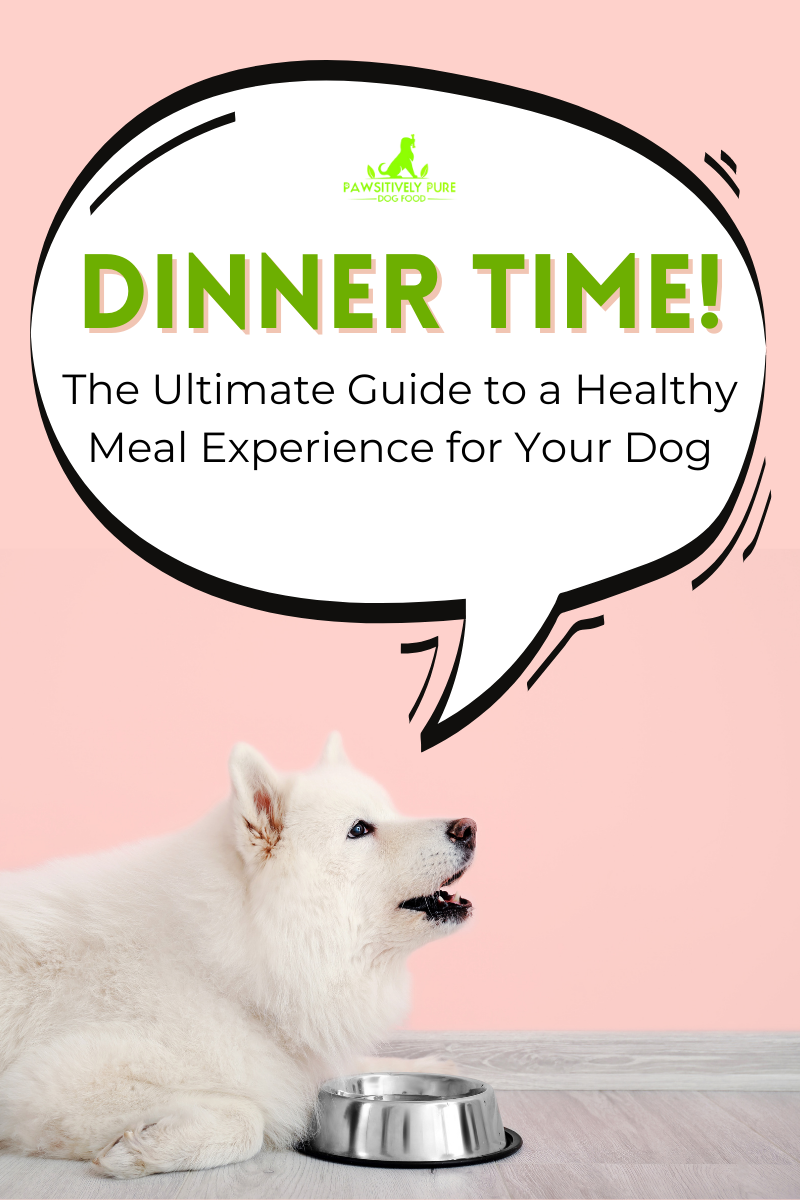Preparing for a Long Journey With Your Pet
Summer is hot on our heels, and with it come summer vacations, trips to the beach, and family getaways for the whole family. There are so many dog-friendly activities around Florida that cater to pets of all different sizes, ages, and activity levels and their parents. But before you hit the open road, there’s one thing to consider: you need to cater to your dog’s needs during the journey.
While many dogs do love car rides – we’ve all seen happy pups with their heads out the window, ears flapping in the breeze – it’s still important to make sure your dog will stay comfortable for the duration of your travels, especially if you’ll be on the road for more than a couple of hours. As always, preparation is key to make the trip a success!
What if Your Dog Has Car Anxiety?
Some dogs aren’t as excited as others to hop in the car and go for a ride. Just like humans, some dogs may get car sick, and others just don’t like to be enclosed in a small space for very long. While you can still take your dog places, we recommend that you don’t travel too far if you know your dog has travel anxiety. Even with all the toys, treats, and comfort items, your dog will still get uncomfortable at some point.
If you have a few months before your road trip commences, you can start training your dog to love the car. Take it slowly and give your dog treats every time they comfortably approach your vehicle. Once they’re happy enough to hop in on their own, take short trips and give them plenty of treats along the way. You can even set up some puzzle games and toys in the car so they have a reason to look forward to being in there.
Equipment to Bring for Your Dog-Friendly Road Trip
Food and Water
Dogs are creatures of habit and function the best when they’re sticking to a schedule. If your road trip will coincide with their regular feeding time, make sure you factor in a stop so you can feed them appropriately. If your dog tends to graze throughout the day, make sure their food is accessible in a stable location so they won’t stumble or strain themselves while they’re feeding.
All dogs should have clean, fresh water readily available to them at all times. If you’ll be on the road for longer than an hour, you should invest in a travel bowl that’s comfortable enough to drink from and can stay sturdy inside a moving vehicle. Bring along enough water with you so you can go the duration of your trip without seeing an empty water bowl.
Safety Harnesses and Equipment
While Florida laws do not require dogs to be restrained in your car while you’re driving, it’s still a good idea to make sure they have safety equipment that will keep them from stumbling and protect them in the event that you need to stop short. Specialized harnesses hook up to your seatbelts and keep your dog secure without being uncomfortable.
If your dog is more comfortable in his kennel, get a travel kennel and put it in the back of your car. This is ideal for people with SUVs and cars that have back seats that can fold down. Your dog will feel right at home while you’re on the go! Just make sure they still have access to their food and water.
Toys, Treats, and Comfort Items
Even a dog that loves car rides can get bored or uncomfortable after an extended period of time. Give them lots of fun and comforting items that keep them busy and make them feel safe. Offer treats to your dogs for good behavior and give them toys to snuggle and some to chew on. Be sure that offering treats doesn’t turn you into a distracted driver; it’s safest to grab and offer treats when your car is at a full stop.
Tips for Staying Safe and Having Fun
Factor in More Stops Than You Would Without Your Dog
You may have developed a bladder of steel if you’re a seasoned road trip enthusiast, but your dog should have plenty of opportunities to take a break and do their business. Be sure to properly clean up after your dog at every stop; you’ll want to bring plenty of waste collection bags with you in case they’re not freely available. Your dog will also appreciate the chance to smell some new smells and explore!
Ensure Your Dog Has His Own Space
It can be so tempting to cuddle your dog on your lap while you drive, but doing so can be very dangerous. Not only does it turn you into a distracted driver and prevent you from having full range of motion, it also puts your dog at risk in the case of stopping short or an accident. Make sure your dog has a designated space in your car, preferably in the back seat. This can take some getting used to, so it’s a good idea to spend time familiarizing your dog with their area before you hit the road.
Sleepy Dogs are Happy Travelers
The best scenario for everyone is when your dog gets to snooze while you get a majority of the driving out of the way. Before you start your journey, make sure you take your dog for a long walk and give them some mental stimulation through puzzles and toys. They’ll be in a relaxed state by the time you start to drive, and they should be able to get a nap in.
There’s Nothing Better Than a Vacation With Your Dog
We love being able to take our dogs to the beaches and dog-friendly places across the state. Florida is a wonderful place for pet parents to thrive and give their pets lots of new and fun experiences. When you’re ready to hit the road, make sure you’re stocked up with healthy dog treats to make the trip fun and easy. Visit our online shop and choose from peanut butter & pumpkin flavor or blueberry & oat flavor!





